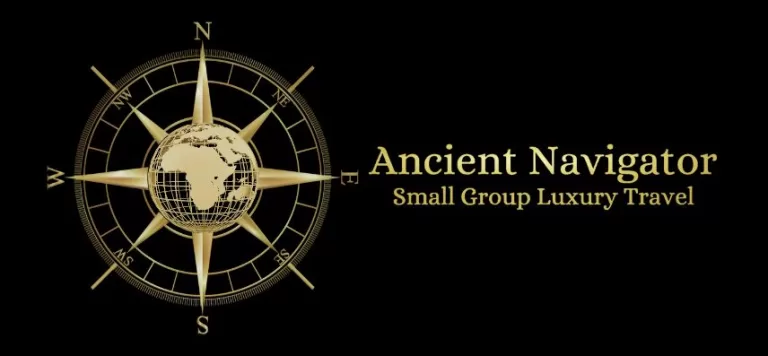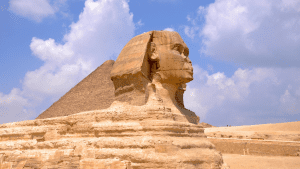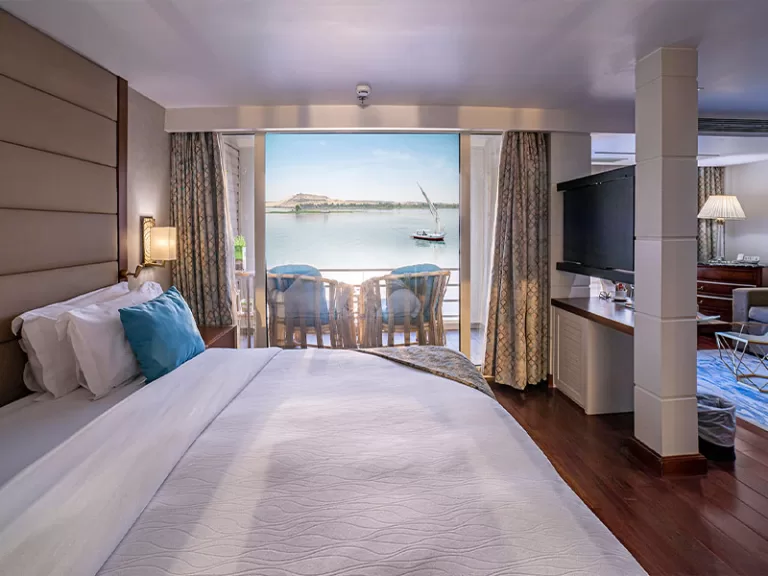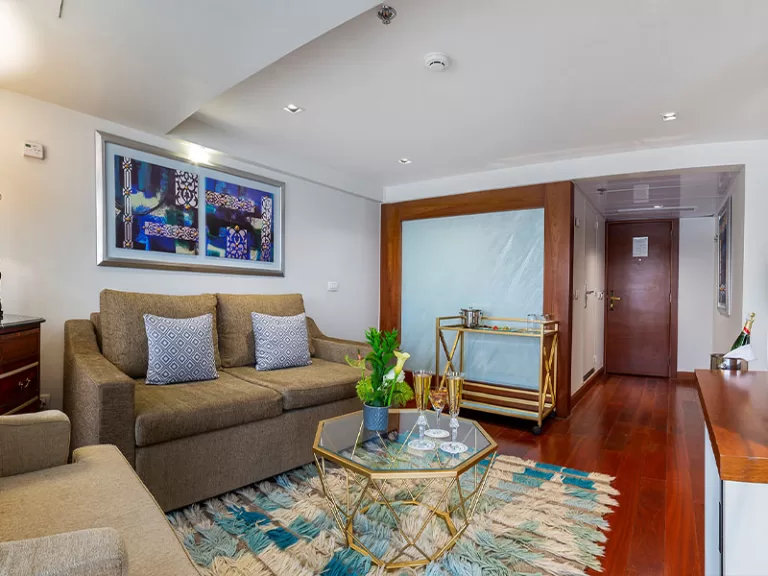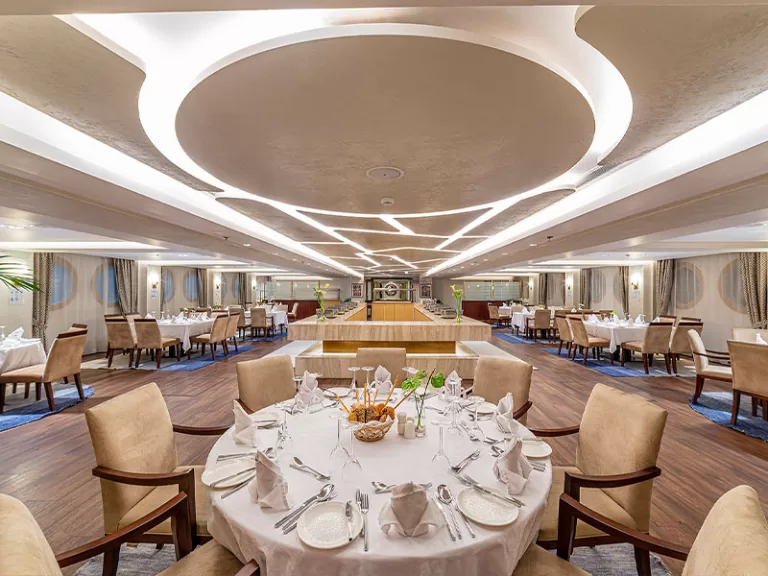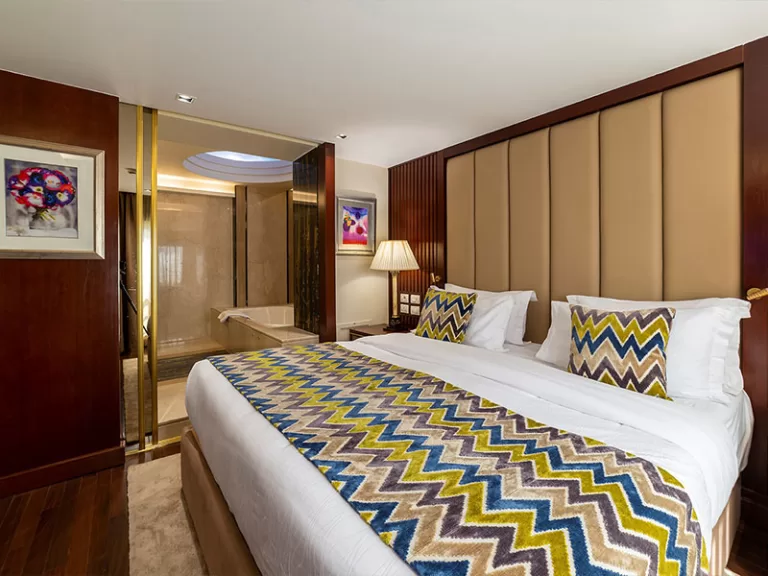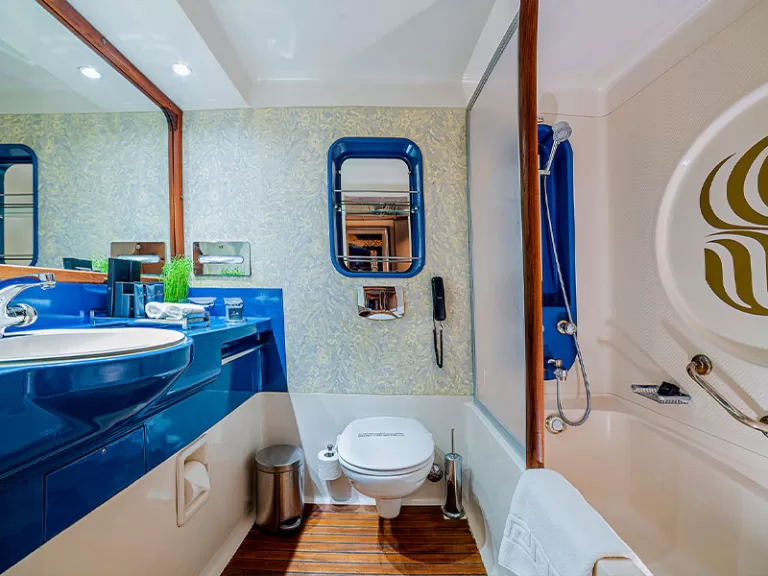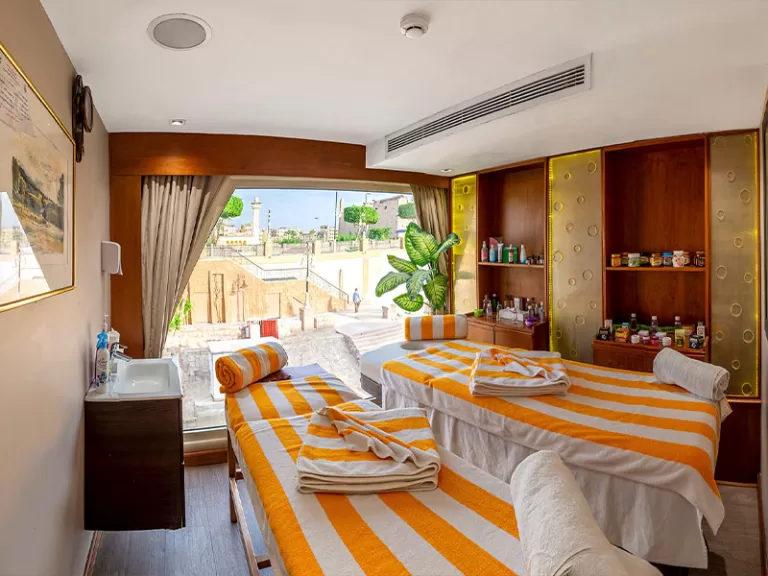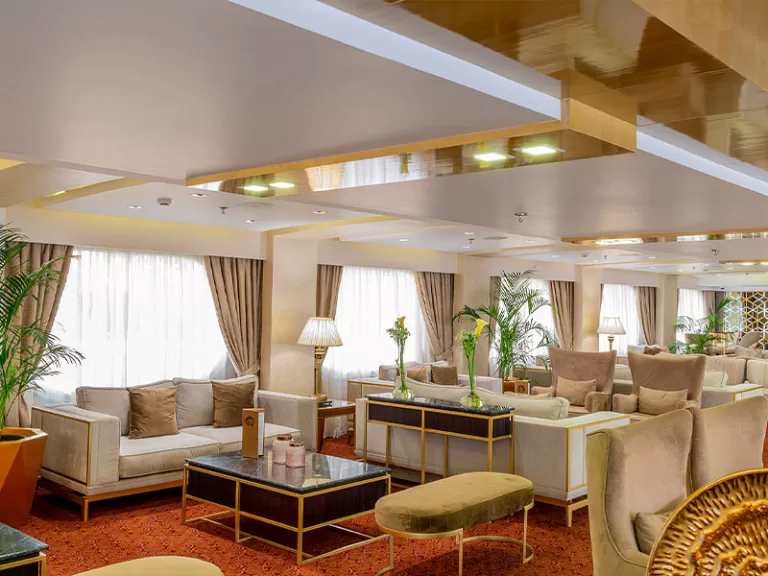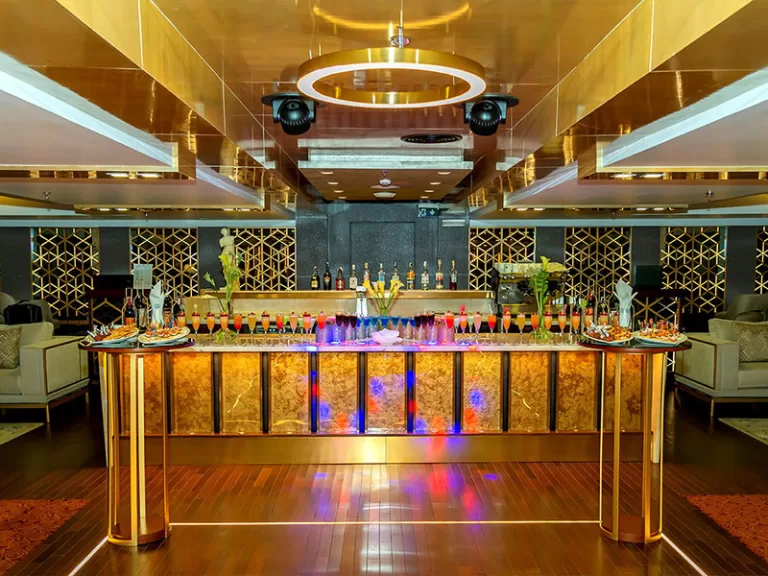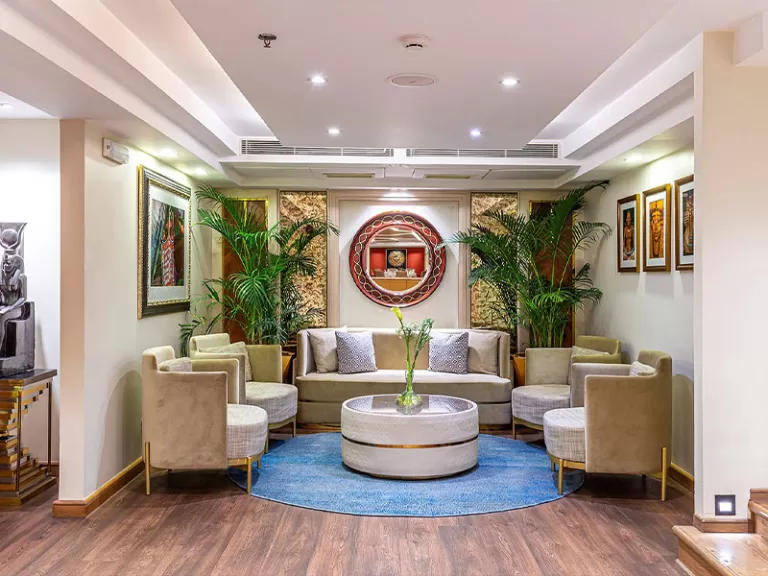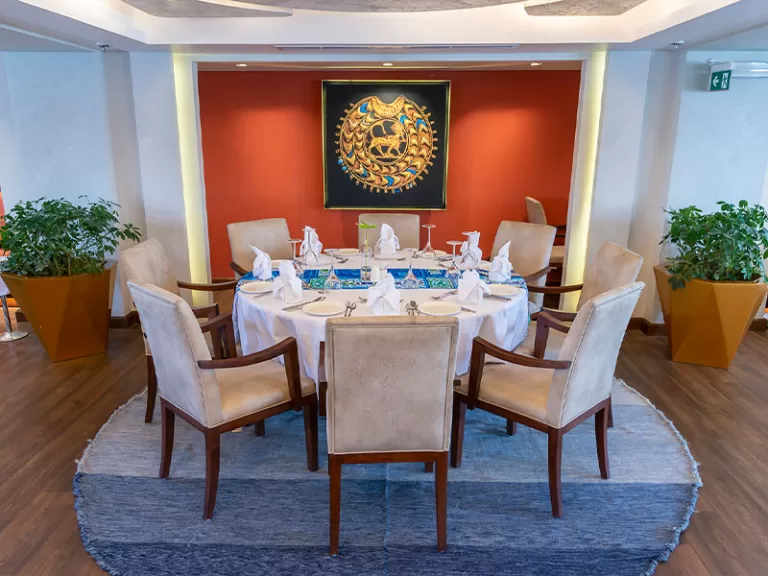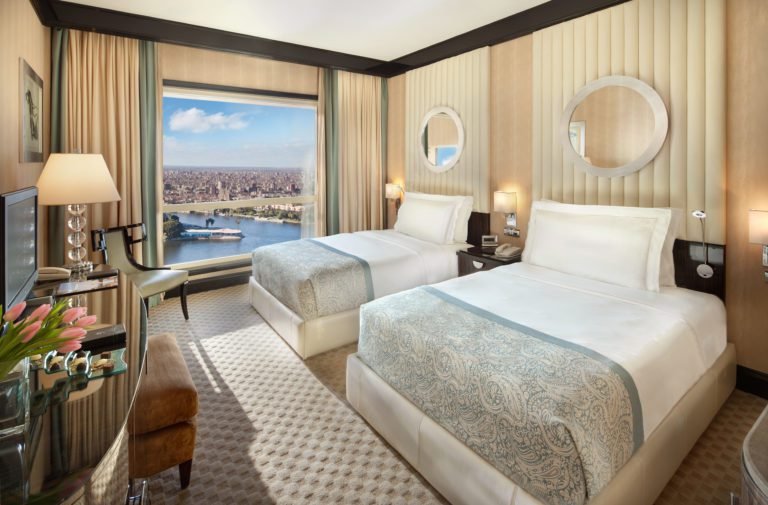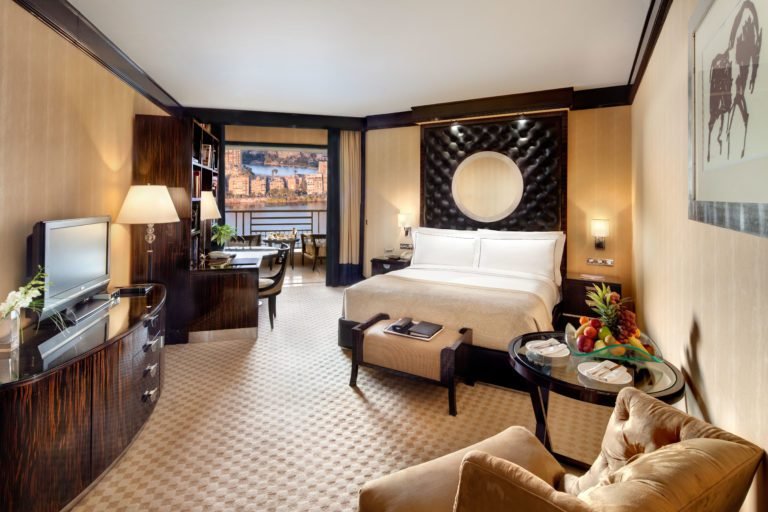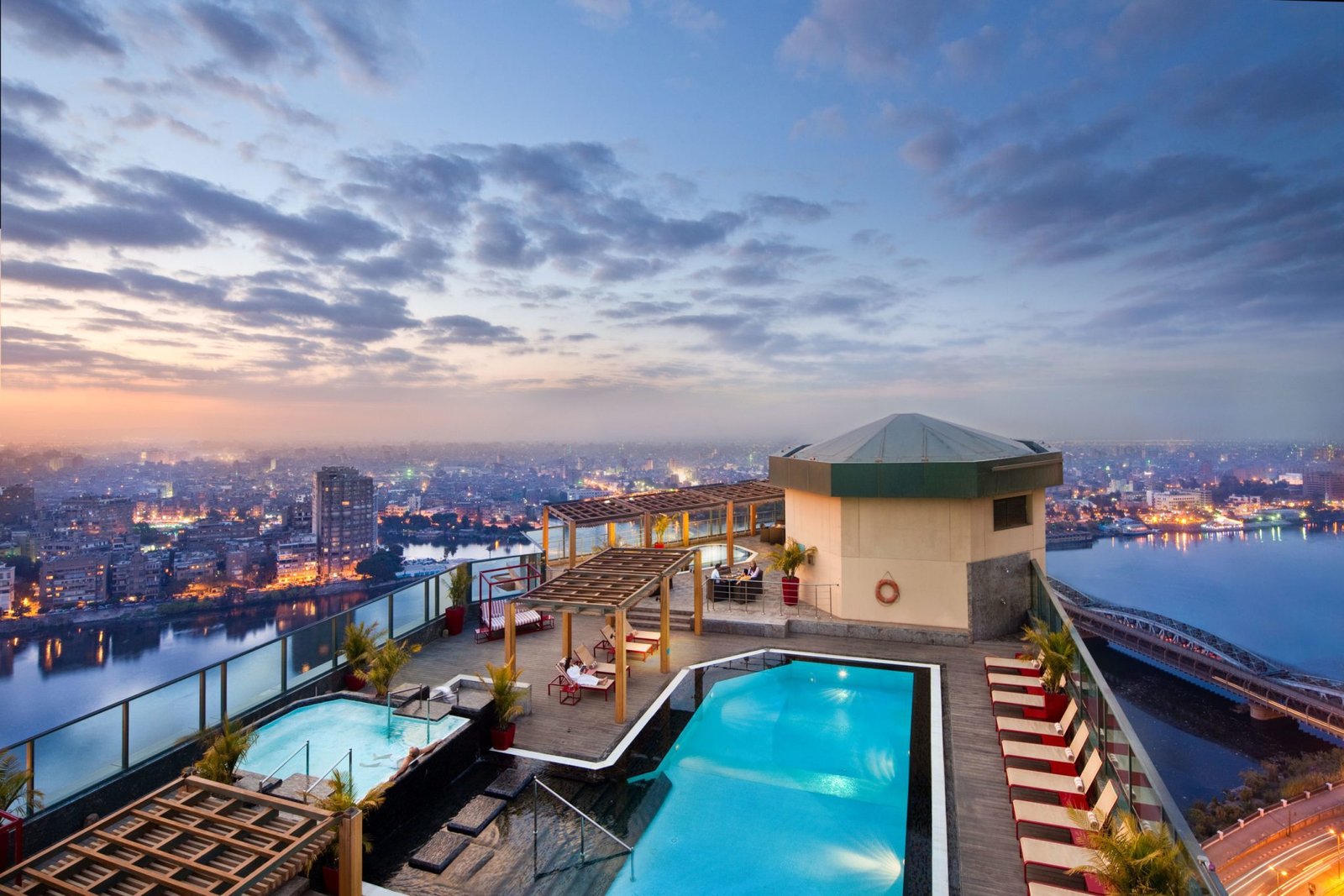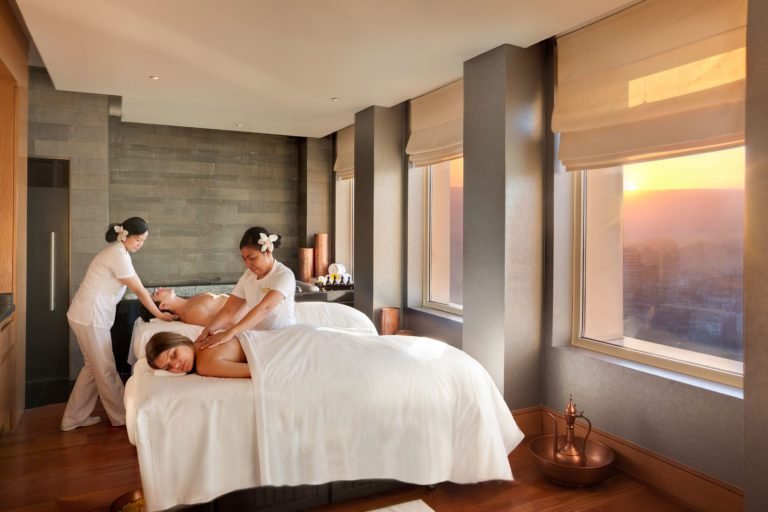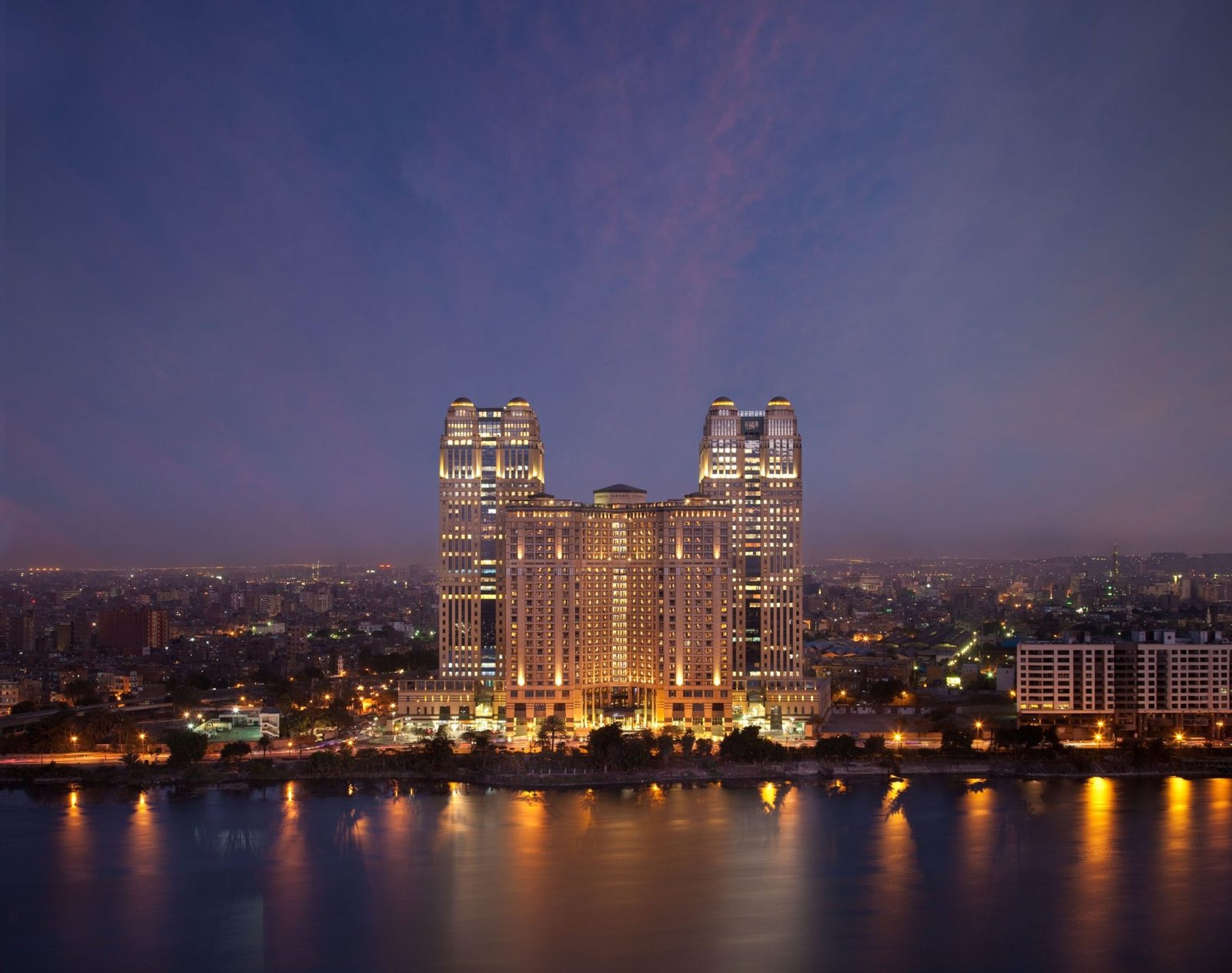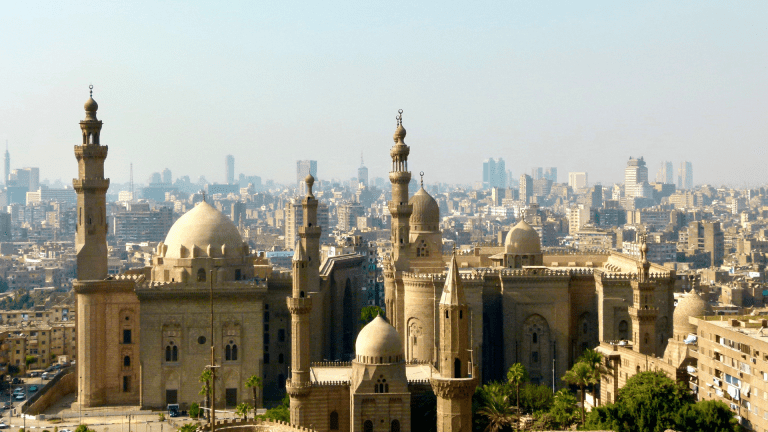
Home » Weekly Blog » Hidden Gems: Museums in Cairo That Are Often Overlooked but Are a Must-See
Hidden Gems: Museums in Cairo That Are Often Overlooked but Are a Must-See
Table of Contents
Cairo, a city where the weight of history presses against the present, is a destination that lures millions with its iconic landmarks. The Egyptian Museum, the Pyramids of Giza, and the Citadel are on every traveler’s itinerary—and rightly so. These world-renowned sites are windows into one of the most fascinating civilizations in human history. But just beneath the surface of Cairo’s well-trodden tourist path lies another story: a collection of lesser-known, often-overlooked museums that offer their own unique perspective on Egypt’s rich heritage.
These museums don’t draw the same crowds as the big names, and that’s exactly why they should be on your list. They are quieter, more intimate, and full of surprises. Whether you’re a history buff, an art lover, or simply curious about different aspects of Egyptian culture, these hidden gems will give you an entirely different view of this dynamic, multilayered city.
Let’s embark on a journey through Cairo’s most underrated museums—places that are must-see experiences, even though they’re often bypassed by tourists.
Museum of Islamic Art: A Journey into the Islamic World
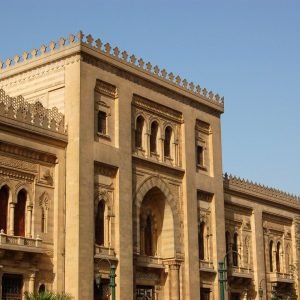
Tucked away in Cairo’s bustling Bab El Khalq area, the Museum of Islamic Art (MIA) is a veritable treasure chest of Islamic history. You might wonder how a museum with such a grand title could be overlooked. The answer lies in its location—smack in the heart of a busy district—and its competition with more famous sites like the Egyptian Museum. However, once you step inside, you’ll immediately realize that this museum is one of Cairo’s most extraordinary places.
Why It’s Overlooked
Tourists often prioritize ancient Egypt when visiting Cairo, focusing on the pyramids, mummies, and Pharaonic tombs. The Museum of Islamic Art, though equally significant, is not always on their radar. Many visitors associate Egypt primarily with its ancient past, forgetting that it has been a vibrant center of Islamic culture for over a millennium.
What Makes It a Must-See
The museum houses one of the world’s largest collections of Islamic art, spanning multiple dynasties and regions. You’ll find everything from ceramics and textiles to coins and calligraphy, all exquisitely preserved and presented. It’s a space where you can see the breadth and depth of Islamic civilization in one place. The collection covers nearly every corner of the Islamic world, including Egypt, Iran, Turkey, India, and Andalusia (modern-day Spain), with artifacts dating back as far as the 7th century.
Walking through the halls, you’ll encounter beautifully designed metalwork, delicate glassware, and manuscripts that showcase the intricate craftsmanship of Islamic artisans over the centuries. One of the most impressive pieces is a 13th-century bronze astrolabe, an ancient astronomical tool that demonstrates the sophistication of Islamic science. You’ll also find ornate Qur’anic manuscripts, some with gold inlays, which highlight the significance of calligraphy in Islamic culture.
The museum is designed to lead you chronologically through Islamic history, making it easy to understand the context of each piece. Whether you’re an art enthusiast, a history buff, or just someone who loves beautiful objects, the Museum of Islamic Art will leave you in awe.
Highlight: The Metalwork Collection
Among the standout collections is the museum’s array of intricately designed metalwork, especially the artifacts from the Mamluk and Ottoman periods. These pieces, some of which are inlaid with silver and gold, reflect the peak of Islamic craftsmanship. The level of detail in these works is astounding—each piece tells a story, whether it’s a ceremonial weapon or a decorative lamp.
Pro Tip: Don’t miss the museum’s Andalusian section, which provides a unique glimpse into Islamic Spain. The ceramics and mosaics here are some of the finest in the world.
Gayer-Anderson Museum: Step into a Bygone Era
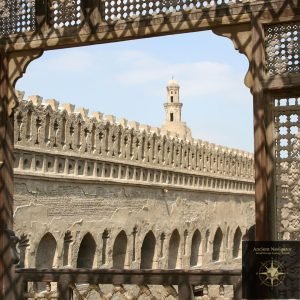
The Gayer-Anderson Museum, also known as Beit el-Kretiliya, is one of Cairo’s best-kept secrets. Nestled next to the famous Mosque of Ibn Tulun, it’s a museum that often flies under the radar, even though it offers an intimate look at life during the Ottoman era in Egypt.
Why It’s Overlooked
This museum is tucked away in an alley near the Ibn Tulun Mosque, and many visitors pass by without even realizing it’s there. The modest exterior doesn’t give much away, and tourists focused on larger landmarks may never discover this gem.
What Makes It a Must-See
Gayer-Anderson was a British major and avid collector of art and antiquities, who lived in Egypt during the early 20th century. He restored this 16th-century house and filled it with a stunning collection of Islamic, Coptic, and European artifacts. The result is a captivating blend of architecture and art that reflects the multicultural influences of Cairo during the Ottoman era.
What makes this museum so special is its lived-in feel. Unlike most museums where artifacts are behind glass, the Gayer-Anderson Museum feels like someone could still be living there. The rooms are decorated with antique furniture, textiles, ceramics, and paintings, giving you a real sense of what life would have been like for a wealthy resident of Cairo centuries ago.
Each room tells a different story, and the house itself is a masterpiece of Islamic architecture, with intricately carved wooden ceilings, mashrabiya (wooden lattice) windows, and cool courtyards that offer respite from the heat of the city.
Highlight: The Secret Room
One of the museum’s most intriguing features is the “secret room,” a small chamber hidden within the house’s labyrinthine layout. Legend has it that this room was used by women to listen to conversations in the male quarters without being seen. The room’s ceiling is elaborately decorated with wooden beams, and the windows overlook a stunning courtyard below. The atmosphere is quiet, almost otherworldly, transporting you back to a time when the house was bustling with life.
Pro Tip: Take your time wandering through the house’s many nooks and crannies—every room reveals something new, from antique porcelain to vintage musical instruments.
Coptic Museum: A Journey Through Early Christian Egypt
In the heart of Old Cairo, surrounded by ancient churches and religious landmarks, the Coptic Museum stands as a testament to Egypt’s rich Christian heritage. It’s one of the most important museums in the country, yet it remains relatively unknown to many visitors.
Why It’s Overlooked
The Coptic Museum is located in an area known for its religious significance, which often distracts tourists from the museum itself. People come to Old Cairo to visit the Hanging Church, the Ben Ezra Synagogue, and other religious sites, often bypassing the Coptic Museum altogether.
What Makes It a Must-See
The museum houses one of the most comprehensive collections of Coptic art and artifacts in the world. Its vast collection spans from Egypt’s early Christian period to the Islamic era, offering a deep dive into the cultural and artistic achievements of the Copts.
The collection includes intricately carved stonework, colorful frescoes, and beautifully illuminated manuscripts. The textiles on display are particularly impressive—Coptic weavers were known for their skill, and many of the fabrics have survived in stunning condition, their colors as vibrant as they were centuries ago.
One of the museum’s highlights is its collection of early Christian manuscripts, including a fragment of the famous Nag Hammadi texts, a set of ancient Gnostic scriptures that were discovered in Egypt in the 1940s. The Coptic Museum offers an unparalleled opportunity to explore Egypt’s Christian past, which is often overshadowed by its Pharaonic and Islamic history.
Highlight: The Frescoes and Manuscripts
The Coptic frescoes are stunning in their detail and vibrancy, depicting biblical scenes and early Christian symbols. Many of these frescoes adorned the walls of monasteries and churches throughout Egypt and have been preserved here for posterity.
The manuscripts, too, are fascinating. Written in Coptic, the language of Egypt’s early Christians, these texts offer insight into religious life, beliefs, and traditions during the early Christian period. They are also a reminder of the Copts’ resilience, as they maintained their religious identity through centuries of political and cultural change.
Pro Tip: The museum is located near several ancient churches, so you can easily combine a visit to the museum with a tour of the area’s religious landmarks.
The Manial Palace Museum: A Royal Retreat
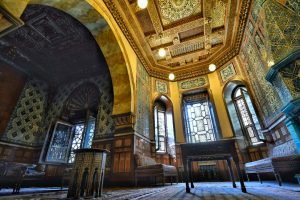
Why It’s Overlooked:
Despite its stunning beauty, the Manial Palace Museum is often bypassed by visitors in favor of more central attractions. Located on Rhoda Island, just south of downtown Cairo, it’s a little out of the way, which may explain why it’s not as frequented as other royal sites like the Abdeen Palace.
What Makes It a Must-See:
The Manial Palace is a masterpiece of eclectic architecture, blending Ottoman, Moorish, Persian, and European styles into a uniquely lavish royal residence. Built by Prince Mohammed Ali Tewfik, a cousin of King Farouk, in the early 20th century, the palace feels like a snapshot of a bygone era when Egypt’s royalty still enjoyed the height of luxury and power.
The palace complex is surrounded by lush gardens and includes a number of grand halls and rooms, each more opulent than the last. The interiors are richly decorated with Islamic art, Persian carpets, ornate furniture, and walls painted in intricate patterns.
Highlight:
The Hall of Reception is a showstopper, with its grand chandelier, stunning mashrabiyas (wooden lattice screens), and silk-upholstered furniture that screams royal opulence. Prince Mohammed Ali’s private collection of weapons, manuscripts, and artwork from various Islamic dynasties is another highlight, offering visitors a glimpse into the life of a true connoisseur of culture and art.
Beyond its beauty, the Manial Palace tells the story of a modernizing Egypt at the crossroads of tradition and innovation, where Ottoman influence met European elegance. A walk through its halls feels like stepping back in time to the glamorous days of Egypt’s royal family.
Umm Kulthum Museum: A Tribute to the Voice of Egypt
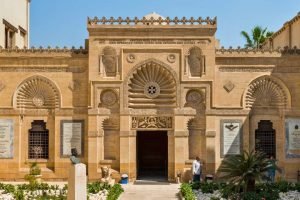
Why It’s Overlooked:
This small museum, dedicated to Egypt’s most famous singer, Umm Kulthum, is easy to miss if you’re not familiar with Arabic music. For many tourists, Umm Kulthum is an unknown figure, but to Egyptians and the Arab world, she’s a cultural icon on par with Elvis or Frank Sinatra.
What Makes It a Must-See:
Even if you’ve never heard of Umm Kulthum, visiting her museum is a must for anyone interested in Egypt’s 20th-century cultural history. Umm Kulthum, known as the “Star of the East,” was more than just a singer; she was a symbol of national pride and Arab unity. Her voice transcended borders, and her songs became the soundtrack of an era, reflecting Egypt’s social, political, and cultural changes.
The museum, located on Roda Island near the Manial Palace, is small but packed with personal memorabilia, including her iconic sunglasses, stage costumes, musical instruments, and even her handwritten letters. There’s also a selection of rare recordings and concert footage that showcase her powerful voice and presence.
Highlight:
The best part of the museum is the audio-visual exhibits, where you can listen to Umm Kulthum’s music while watching film footage of her performances. Even if you don’t speak Arabic, her voice is mesmerizing, and it’s easy to see why she became such a beloved figure. The museum also provides a deeper understanding of her impact on Egyptian culture, politics, and society—an icon whose influence stretched far beyond music.
Whether you’re a music lover or simply curious about the woman who shaped the cultural identity of the Arab world, the Umm Kulthum Museum offers a unique insight into a remarkable life and legacy.
The Agricultural Museum: Egypt’s Green History
Why It’s Overlooked:
Let’s face it—an agricultural museum doesn’t sound as glamorous as visiting the Pyramids or a palace, which is why this hidden gem rarely finds its way onto tourists’ to-do lists. But for anyone who wants to understand the backbone of Egyptian civilization, the Agricultural Museum is an unexpected treasure.
What Makes It a Must-See:
Agriculture has been the lifeblood of Egypt for millennia, from the time of the Pharaohs to modern days. The Agricultural Museum, located in the Dokki district, takes visitors on a journey through Egypt’s farming history and its impact on society, culture, and the economy.
With numerous buildings and outdoor exhibits, the museum covers a wide range of topics—from ancient agricultural practices and irrigation systems to traditional farming tools and the domestication of animals. There are also sections dedicated to Egypt’s various crops, including cotton, wheat, and dates, which have been integral to the country’s agricultural economy for centuries.
Highlight:
One of the most interesting sections is the ethnographic wing, which features life-sized dioramas of traditional rural life in Egypt. These displays give you a glimpse into the daily lives of Egyptian farmers, from their homes and clothing to their rituals and tools. It’s a fascinating, immersive experience that makes you appreciate the vital role agriculture has played in Egypt’s history.
For anyone looking to explore a different side of Egypt—one that focuses on the land and its people rather than its pharaohs and pyramids—the Agricultural Museum offers a unique and educational experience.
Abdeen Palace Museum: A Window into Egypt’s Royal Past

Why It’s Overlooked:
Although Abdeen Palace is one of the grandest royal palaces in Cairo, it’s often overlooked in favor of more ancient sites. Its location in a busy part of downtown Cairo doesn’t help either, as many tourists are simply unaware of the treasures hidden behind its imposing gates.
What Makes It a Must-See:
Built in the 19th century during the reign of Khedive Ismail, Abdeen Palace was the official residence of Egypt’s royal family until the revolution of 1952. Today, it serves as a museum, offering visitors a glimpse into the opulent lifestyle of Egypt’s monarchy and the country’s political history.
The palace houses several museums within its walls, including the Royal Family Museum, the Arms Museum, the Silverware Museum, and the Presidential Gifts Museum. Each one is filled with fascinating objects, from glittering silverware used by the royal family to an extensive collection of weapons and diplomatic gifts from heads of state around the world.
Highlight:
The Throne Hall is perhaps the most stunning room in the palace, with its gilded ceilings, crystal chandeliers, and lavish furnishings. It’s easy to imagine Egyptian kings and queens hosting foreign dignitaries and lavish state events in this regal setting. The Arms Museum is also a must-see, showcasing a wide array of weaponry, including swords, rifles, and pistols, many of which were gifted to Egyptian rulers by foreign leaders.
Visiting Abdeen Palace is like stepping into the shoes of Egypt’s royal elite, offering a unique perspective on a period of Egyptian history that’s often overshadowed by its ancient past. For anyone with an interest in royal history, politics, or just the finer things in life, Abdeen Palace is an absolute must.
Conclusion: Embrace the Overlooked to Discover the True Heart of Cairo
Cairo’s iconic monuments—the pyramids, the Sphinx, the Egyptian Museum—are incredible, no doubt. But there’s so much more to this ancient city than meets the eye. By stepping off the beaten path and exploring these hidden gems, you’ll gain a deeper understanding of Egypt’s rich and diverse cultural heritage.
Each of these lesser-known museums offers a unique perspective, whether it’s the artistry of the Islamic world, the Christian legacy of the Copts, the royal opulence of Egypt’s monarchy, or the music that moved an entire nation. They reveal stories that are often overlooked but are essential to understanding the complexity and beauty of Egypt.
So next time you find yourself in Cairo, take a detour from the crowds and dive into these fascinating museums. Trust me, you won’t regret it. After all, sometimes the best treasures are the ones that aren’t so obvious.

